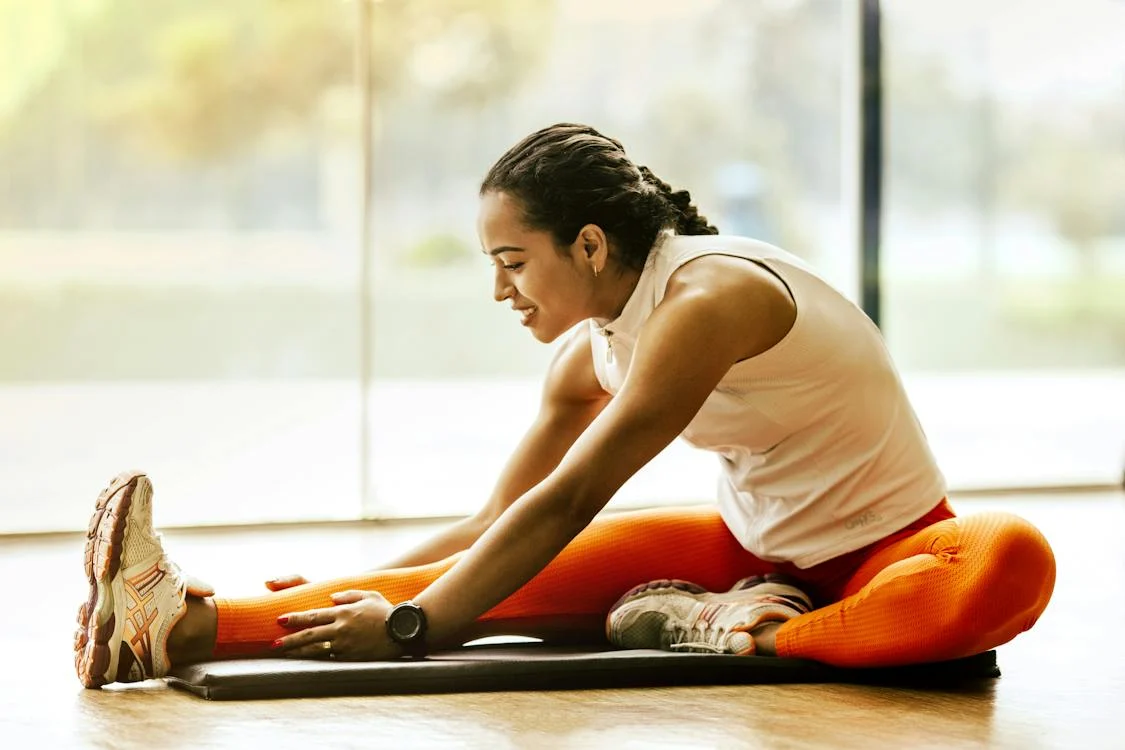Exercising regularly is essential for maintaining optimal health and well-being. The key is to find a routine that you enjoy and can stick with long-term. Incorporating various forms of exercise into your weekly routine not only keeps things interesting, but it also ensures that you work your entire body and reap the most benefits from your efforts. One valuable resource to consider is a “lift manual,” which can provide guidance on proper lifting techniques to maximize results and prevent injury.
Here are some of the best exercises to do weekly. These exercises target different muscle groups and provide a good mix of cardiovascular endurance, muscle strength, flexibility, and balance training.
Cardiovascular (Aerobic) Exercises
Aerobic workouts are essential because they support a healthy heart, lung function, and circulation by increasing your heart rate. They also aid in weight loss or maintenance by burning calories. Aim for at least 150 minutes of moderate-intensity aerobic activity per week or 75 minutes of vigorous-intensity aerobic activity.
1. Walking
Walking is an accessible form of cardio exercise for people of all fitness levels. It is low-impact, making it easy on the joints while still providing many health benefits such as improved mood and increased calorie burn.
- Benefits: Low-impact on joints, accessible for all fitness levels, improves mood and energy levels,
- Tips: Maintain a brisk pace to see the best results – aim for 10-15 minutes per mile after working up if you are just starting.
2. Running or jogging
If walking is too easy, you can progress to jogging or running. This high-impact exercise offers a greater cardiovascular workout and burns more calories.
- Benefits: Builds strong bones and muscles, increases endurance, supports weight loss,
- Tips: Begin with a run-walk method – alternate between running and walking intervals to gradually increase your stamina.
3. Cycling
Cycling is another low-impact workout that works the lower body while getting the heart rate up. When biking outdoors, you can enjoy nature while exercising.
- Benefits: Strengthens legs and glutes, builds cardiovascular endurance,
- Tips: Adjust your bike seat for comfort; wear a helmet if cycling outdoors.
Muscle-Strengthening Exercises (Anaerobic)
Anaerobic exercises focus on individual muscle groups and help build strength, balance, power, and flexibility. These workouts are essential for overall health as they support increased bone density, better posture, and reduced risk of injury. Aim for at least two muscle-strengthening sessions per week.
1. Plank
The plank engages multiple muscle groups including the core, shoulders, back, hips and quads to improve overall strength and stability.
- Benefits: Builds core strength and stability,
- Tips: Focus on keeping your body in a straight line from head to toe with a neutral spine; try progressive variations like side planks or plank jacks.
2. Squats
Squats primarily work the lower body, targeting the glutes, hamstrings, and quads while also engaging the core for stability.
- Benefits: Builds strength in the legs and glutes,
- Tips: Keep your knees in line with your toes to avoid injury; progress to weighted squats for a greater challenge.
3. Push-ups
This classic bodyweight exercise targets the chest, shoulders, triceps and core for a comprehensive upper-body workout.
- Benefits: Strengthens upper body and core,
- Tips: Maintain proper form by keeping your body in a straight line from head to toe; start on your knees if needed and progress to full push-ups as you gain strength.
Better Flexibility Exercises (Stretching)
Incorporating stretching into your week can prevent injuries by increasing your flexibility. Stretching exercises also improve posture, range of motion, balance and overall daily functional movements. After working out or when feeling tightness in muscles, practice the following stretches;
1. Hamstring stretch
A seated forward fold or standing hamstring stretch helps lengthen these often-tight muscles that can contribute to lower back pain.
- Benefits: Improves flexibility of tight hamstrings,
- Tips: Breathe deeply during stretch; do not force yourself beyond comfortable limits; increase duration/reach over time.
2. Hip Flexor stretch
Prolonged periods of sitting can lead to tight hip flexors, which can cause an anterior pelvic tilt and poor posture. Stretching these muscles can alleviate discomfort.
- Benefits: Improves flexibility in hips,
- Tips: Perform the stretch in a lunge position; use padding for your knee if needed.
3. Chest Opener/Upper-back stretch
A hunched posture due to computer work and sitting is common. Opening the chest with stretches such as doorway stretch or cobra promotes better posture by stretching tight pectoral muscles and extending the upper spine.
- Benefits: Opens chest for improved posture,
- Tips: Lengthen your exhale while stretching; do not force the movement.
In conclusion, committing to a weekly exercise routine that includes cardiovascular workouts, muscle strengthening activities and regular stretches will help improve overall health, reduce risk of illness/injury, increase mood and energy levels. Choose exercises you enjoy to make fitness more enjoyable long-term progression.

